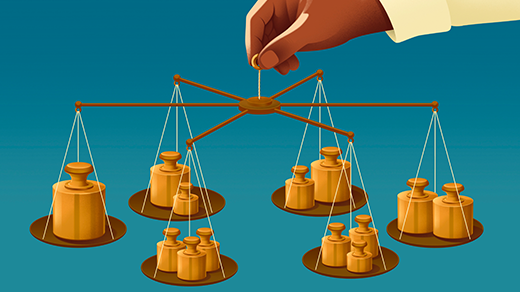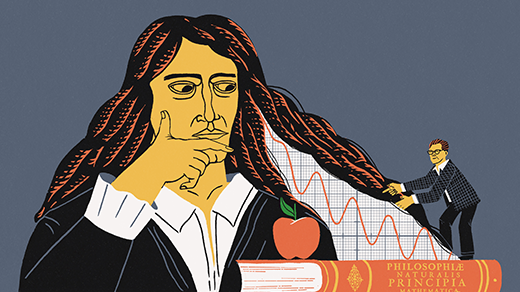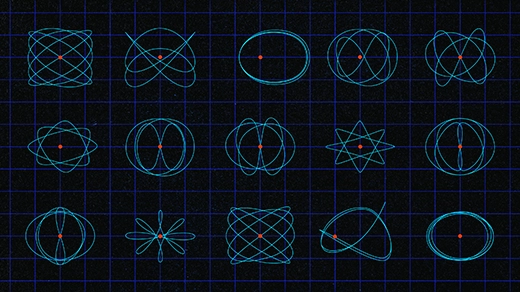What's up in
Applied math
Latest Articles
Researchers Discover the Optimal Way To Optimize
The leading approach to the simplex method, a widely used technique for balancing complex logistical constraints, can’t get any better.
The Math of Catastrophe
Tipping points in our climate predictions are both wildly dramatic and wildly uncertain. Can mathematicians make them useful?
What Is the Fourier Transform?
Amid the chaos of revolutionary France, one man’s mathematical obsession gave way to a calculation that now underpins much of mathematics and physics. The calculation, called the Fourier transform, decomposes any function into its parts.
Where Does Meaning Live in a Sentence? Math Might Tell Us.
The mathematician Tai-Danae Bradley is using category theory to try to understand both human and AI-generated language.
Three Hundred Years Later, a Tool from Isaac Newton Gets an Update
A simple, widely used mathematical technique can finally be applied to boundlessly complex problems.
The ‘Elegant’ Math Model That Could Help Rescue Coral Reefs
Physicists and marine biologists built a quantitative framework that predicts how coral polyps collectively construct a variety of coral shapes.
When Data Is Missing, Scientists Guess. Then Guess Again.
Across the social and biological sciences, statisticians use a technique that leverages randomness to deal with the unknown.
Geometers Engineer New Tools to Wrangle Spacecraft Orbits
Mathematicians think abstract tools from a field called symplectic geometry might help with planning missions to far-off moons and planets.
Topologists Tackle the Trouble With Poll Placement
Mathematicians are using topological abstractions to find places where it’s hard to vote.








